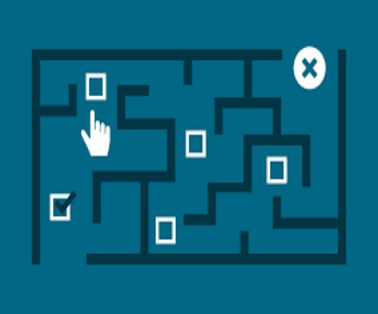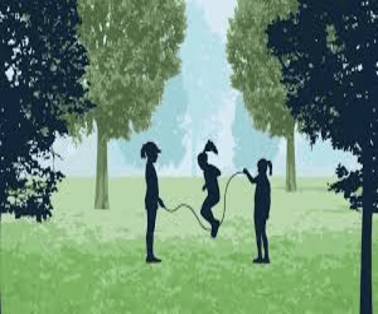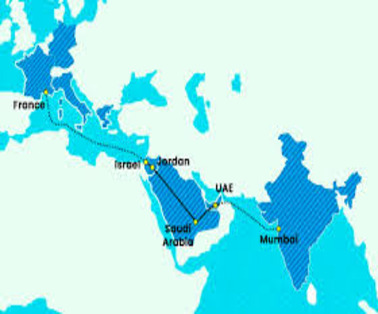An increase in the cases of “Dark Patterns” or “Deceptive Patterns” have been noted
Key Points On Dark Patterns
- Some Internet-based firms have been tricking users into agreeing to certain conditions or clicking a few links.
- The unsuspecting users would not have accepted such terms or clicked URLs (uniform resource locator), but for the deceptive tactics deployed by tech firms.
- Such acceptances and clicks are flooding inboxes of the users with promotional emails they never wanted, making it hard to unsubscribe or request deletion.
- These are examples of “dark patterns,” also known as “deceptive patterns.”
What Are Dark Patterns?
- Such patterns are unethical user interface designs that deliberately make your Internet experience harder or even exploit you. In turn, they benefit the company or platform employing the designs.
- By using dark patterns, digital platforms take away a user’s right to full information about the services they are using, and reduce their control over their browsing experience.
- The term is credited to UI/UX (user interface/user experience) researcher and designer Harry Brignull, who has been working to catalogue such patterns and the companies using them since around 2010
How Do Companies Use Dark Patterns?

What Do Users Stand To Lose Because Of Dark Patterns?
- Dark patterns endanger the experience of Internet users and make them more vulnerable to financial and data exploitation by Big Tech firms.
- Dark patterns confuse users, introduce online obstacles, make simple tasks time-consuming, have users sign up for unwanted services/products, and force them to pay more money or share more personal information than they intended.
- In the U.S., the Federal Trade Commission [FTC] has taken note of dark patterns and the risks they pose. In a report released in September this year, the regulatory body listed over 30 dark patterns, many of which are considered standard practice across social media platforms and e-commerce sites.
- These include “baseless” countdowns for online deals, conditions in fine print that add on to costs, making cancellation buttons hard to see or click, making ads appear as news reports or celebrity endorsements, auto-playing videos, forcing users to create accounts to finish a transaction, silently charging credit cards after free trials end, and using dull colours to hide information that users should know about.
- In one instance, the FTC report outlined its legal action against Amazon in 2014, for a supposedly “free” children’s app that fooled its young users into making in-app purchases that their parents had to pay for.
- The case was settled after Amazon agreed to refund over $70 million.
- However, dark and deceptive patterns don’t just stop with laptops and smartphones. The FTC report has warned that as augmented reality (AR) and virtual reality (VR) platforms and devices grow in usage, dark patterns will likely follow users to these new channels as well.
- Internet users who are able to identify and recognise dark patterns in their daily lives can choose more user-friendly platforms that will respect their right to choice and privacy.
India’s Approach on Dark Patterns

To Download Monthly Current Affairs PDF Click here
Click here to get a free demo
Everything About CLAT 2025



